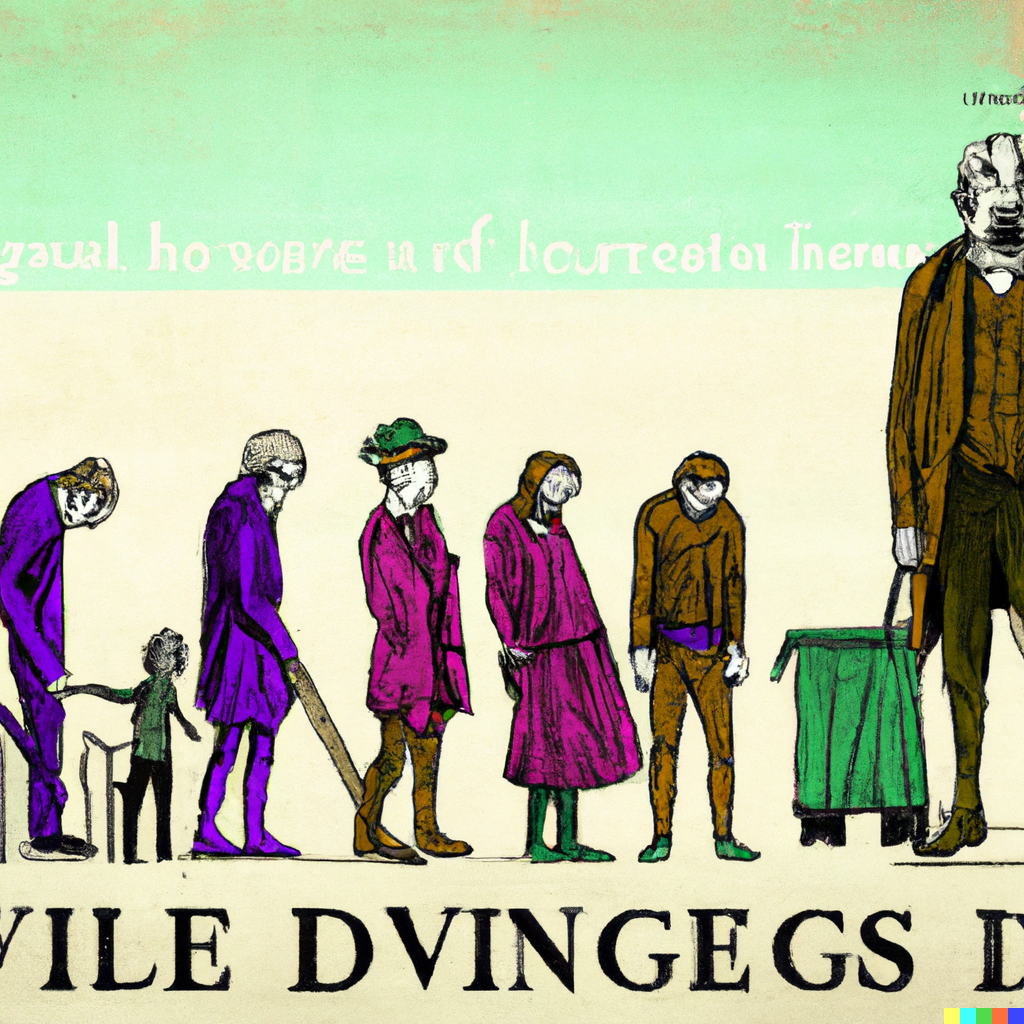How to Slay the Five Giants

In our first story we looked at how the five “giant evils” of want, disease, ignorance, squalor and idleness are back, albeit in a modern guise.

How then do we slay the giants in our connected and technological age?
We have a simple idea that we think can help.
That idea? That personalised care and early intervention could slay the five giants.
We say this, not to be absolutely sure of ourselves, but to test our assumptions.
To do this we proposed following the five giants, examining each in turn.
Firstly, it should be said the idea and benefits of early intervention are well know.
The logic is simple and well understood;
Although the idea of early intervention has been around for a long time, achieving it consistently remains elusive.
A useful counterpoint is the NDIS, where we see individual funding, early intervention and personalised care.
We plan to return to the NDIS in future to examine this arrangement.
More broadly, each of the five giants needs to be considered on its own merits.
We will not seek to be advocates per-say, rather to lay the ground work for those making decisions.
In some cases this might mean using our imaginations.
A 'what if' approach describing our ideal of individual funding, personalised care and early intervention.
In other cases predictive technologies may be able to assist.
In either case, to be relevant we need to be practical, either for those making policy decisions or those on the front line of service delivery.
In this regard understanding the context in which these decisions take place is crucial.
For example, context for government might mean understanding fiscal constraints, meaning simply asking for more money is unlikely to help.
As Beveridge thought, slaying the five giants would play a role in society broadly, helping individuals but also the economy.
Could the same logic be applied today, in our modern world where technology connects the individual and the whole?
Do we have the tools already at our fingertips and do we have working examples that could be applied more broadly?
These are the questions we seek to answer. Stay tuned for updates.

